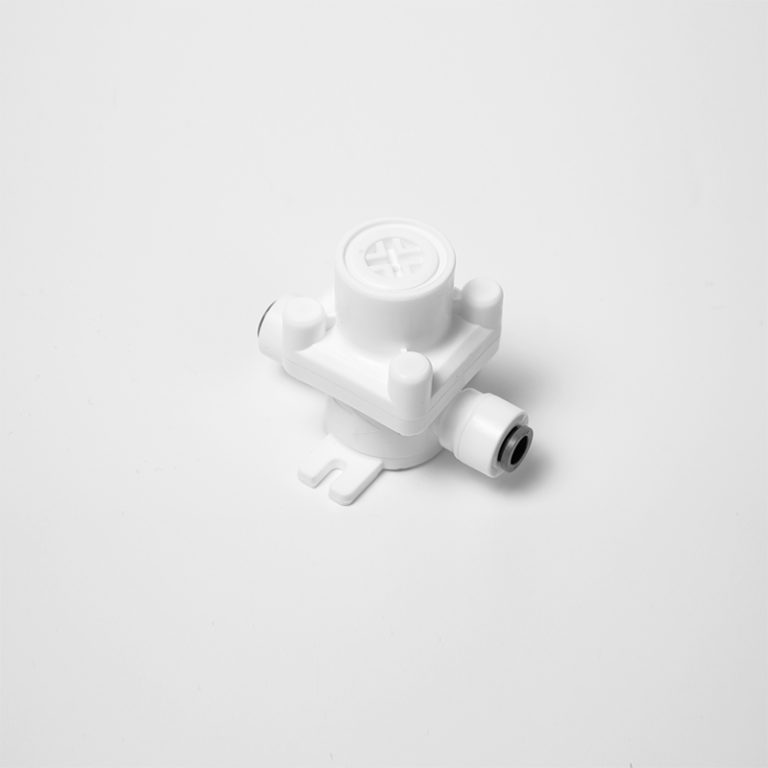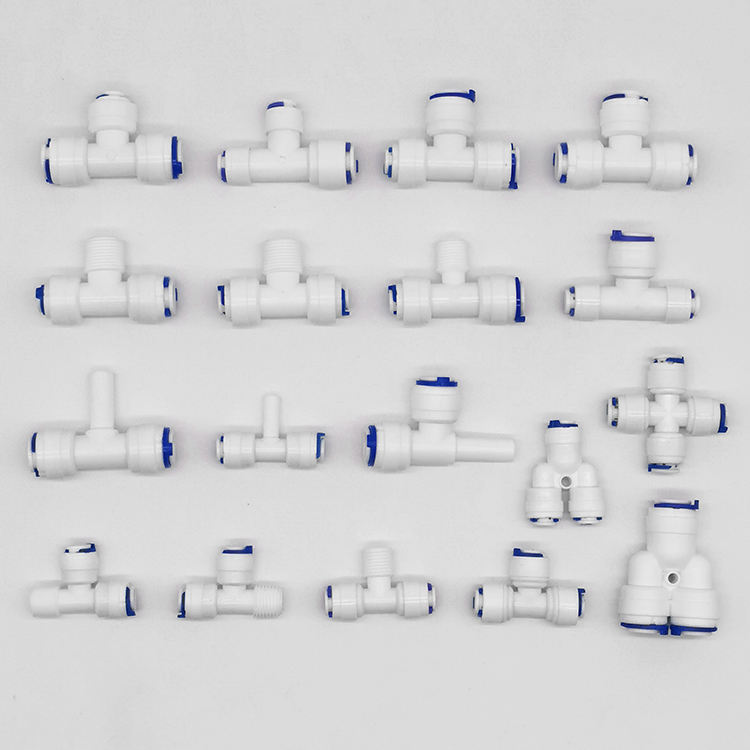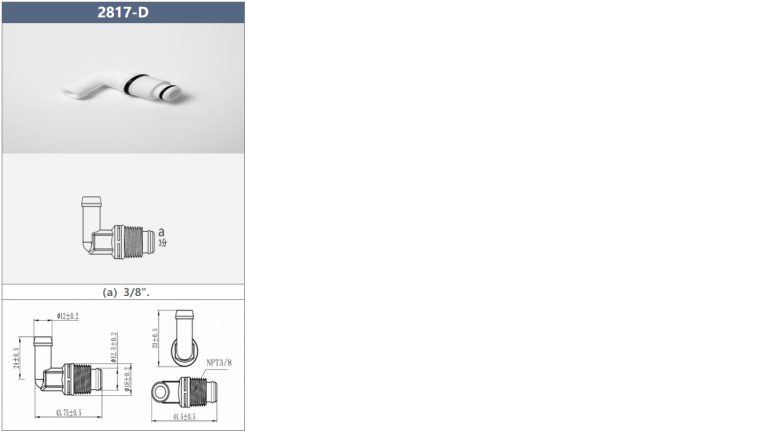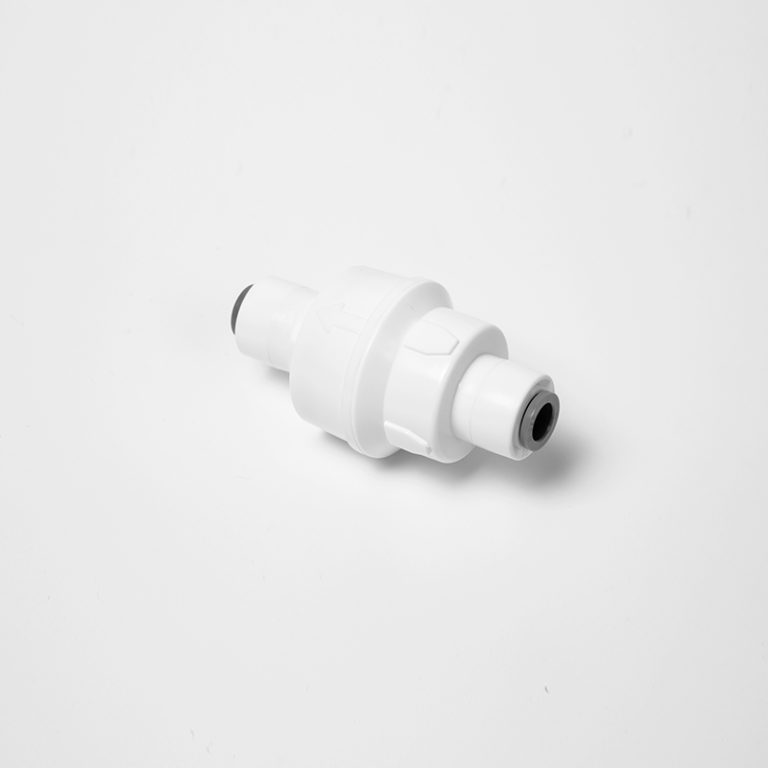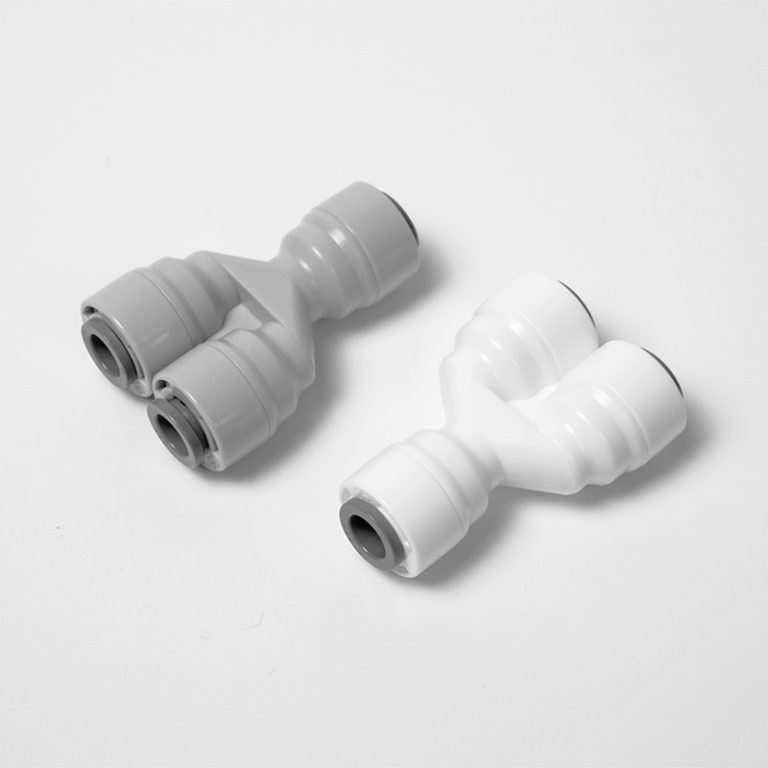Table of Contents
Top 10 Must-Have Electrical PVC Fittings for Your Next DIY Project
When it comes to electrical projects, having the right PVC fittings is essential for ensuring a safe and efficient installation. PVC fittings are commonly used in electrical work due to their durability, affordability, and ease of installation. Whether you are a seasoned electrician or a DIY enthusiast, having a good understanding of the different types of electrical PVC fittings available can help you choose the right ones for your project. In this article, we will discuss the top 10 must-have electrical PVC fittings for your next DIY project.
1. Couplings: Couplings are used to connect two pieces of PVC conduit together. They come in various sizes to accommodate different conduit diameters. Couplings are essential for creating a continuous conduit run without any gaps or breaks.
2. Elbows: Elbows are used to change the direction of a conduit run. They come in different angles, such as 90 degrees and 45 degrees, to suit various installation needs. Elbows are crucial for navigating around corners and obstacles in your electrical system.
3. Tees: Tees are used to create branch connections in a conduit system. They allow you to split the conduit run into multiple directions, making it easier to route wires to different locations. Tees are essential for creating a well-organized and efficient electrical system.
4. Adapters: Adapters are used to connect PVC conduit to other types of conduit or fittings. They come in various configurations to accommodate different types of connections, such as PVC to metal or PVC to flexible conduit. Adapters are essential for ensuring compatibility between different components of your electrical system.
5. Bushings: Bushings are used to protect wires from sharp edges or rough surfaces within a conduit system. They are inserted into the ends of conduits to provide a smooth surface for wires to pass through. Bushings are crucial for preventing damage to wires and ensuring a safe installation.
| Model | Tube(a) | Stem(b) |
|---|---|---|
| 1801-A | 1/4 | 1/4 |
| 1801-C | 1/4 | 3/8 |
6. Caps: Caps are used to seal off the ends of conduits to protect them from dust, debris, and moisture. They are essential for maintaining the integrity of your conduit system and preventing any contaminants from entering. Caps are particularly important for outdoor installations where exposure to the elements is a concern.
7. Reducers: Reducers are used to transition between conduits of different sizes. They allow you to connect conduits with mismatched diameters, ensuring a smooth and secure connection. Reducers are essential for adapting to changing conduit sizes within your electrical system.

8. Locknuts: Locknuts are used to secure fittings to junction boxes or other components of an electrical system. They provide a tight and secure connection that prevents fittings from coming loose or disconnecting. Locknuts are essential for ensuring the stability and reliability of your electrical installation.
9. Straps: Straps are used to secure conduits to walls, ceilings, or other surfaces. They provide support and stability to the conduit system, preventing it from sagging or shifting. Straps are essential for maintaining the integrity of your electrical installation and ensuring a neat and organized appearance.
10. Expansion fittings: Expansion fittings are used to allow for movement and flexibility in a conduit system. They accommodate changes in temperature, vibration, or settling of the building structure, preventing damage to the conduits. Expansion fittings are essential for ensuring the longevity and durability of your electrical system.
In conclusion, having the right electrical PVC fittings is crucial for the success of your DIY project. By familiarizing yourself with the top 10 must-have PVC fittings mentioned in this article, you can ensure a safe, efficient, and reliable electrical installation. Whether you are connecting conduits, changing directions, or protecting wires, these fittings play a vital role in the functionality and longevity of your electrical system. Invest in quality PVC fittings and accessories to make your next DIY project a success.
A Beginner’s Guide to Understanding Common Electrical PVC Fitting Names
When it comes to electrical installations, understanding the different types of PVC fittings is essential. PVC, or polyvinyl chloride, is a popular material used in electrical systems due to its durability, affordability, and resistance to corrosion. PVC fittings are used to connect and secure electrical conduits, protecting wires and cables from damage. In this beginner’s guide, we will explore some common electrical PVC fitting names to help you navigate the world of electrical installations.
| Model | Tube(a) | Stem(b) |
|---|---|---|
| 1801-A | 1/4 | 1/4 |
| 1801-C | 1/4 | 3/27 |
One of the most common PVC fittings used in electrical systems is the PVC coupler. Couplers are used to connect two pieces of conduit together, creating a seamless and secure connection. They come in various sizes to accommodate different conduit diameters, making them versatile and easy to use. Couplers are essential for joining conduits in straight runs or at corners, ensuring a smooth and continuous conduit path.
Another important PVC fitting is the PVC elbow. Elbows are used to change the direction of conduit runs, allowing for flexibility in routing electrical cables. They come in different angles, such as 90 degrees or 45 degrees, to suit various installation needs. Elbows are crucial for navigating around obstacles or corners, ensuring that conduits can be installed in tight spaces without compromising the integrity of the electrical system.
PVC tees are another common fitting used in electrical installations. Tees are used to create branch connections in conduit systems, allowing for multiple conduits to be connected at a single point. This is useful for distributing power or data to different areas within a building or structure. Tees come in different configurations, such as reducing tees or sweep tees, to accommodate various installation requirements.
PVC adapters are essential fittings that allow for the connection of conduits with different diameters. Adapters come in various sizes and configurations, such as reducing adapters or male/female adapters, to facilitate seamless transitions between conduits of different sizes. Adapters are crucial for ensuring that conduits can be interconnected without any gaps or leaks, maintaining the integrity of the electrical system.
PVC bushings are fittings used to protect wires and cables from sharp edges or rough surfaces within conduits. Bushings are inserted into the ends of conduits to provide a smooth and rounded surface for wires to pass through, preventing damage or abrasion. Bushings come in different sizes to accommodate various wire gauges, ensuring a secure and protected conduit path for electrical cables.

In conclusion, understanding the common names and functions of electrical PVC fittings is essential for anyone involved in electrical installations. PVC couplers, elbows, tees, adapters, and bushings are just a few of the fittings that play a crucial role in creating secure and reliable conduit systems. By familiarizing yourself with these fittings, you can ensure that your electrical installations are safe, efficient, and compliant with industry standards. Whether you are a beginner or an experienced professional, having a solid understanding of PVC fittings will help you navigate the world of electrical systems with confidence and ease.

